Retro Crimbo 2013: Humbug! 24 things you always wanted to know about A Christmas Carol, but were afraid to ask Scrooge
Ebeneezer geezers: four unforgettable faces of the on-screen Scrooge – clockwise from top right, Michael Caine’s Muppets-meeting über-miser, Alastair Sim’s classic incarnation, Jim Carrey’s stop-motion effort and George C Scott’s marvellous made-for-TV version (credit: Bob Doucette)
Any regular visitor to this very blog will no doubt confirm that yours truly is rather fond of Christmas (hence its annual ‘Retro Crimbo’ seasons to be enjoyed/ endured every December). Thus, it’ll come as probably no surprise to any of you that my all-time favourite story is Charles Dickens‘ A Christmas Carol – I’m an utter sucker for not just its marvellous merriness, classic characters such as Scrooge himself, Jacob Marley, Bob Cratchit, The Ghost of Christmas Present and, of course, Tiny Tim, but also its stupendous structure and utterly infectious tone.
Yup, good news for me then that Carol is also rather a must with much of the wider world – actually, ever since its original publication. And what better reasons than its unbridled brilliance, huge popularity and the fact that this year it celebrates its 170th anniversary – yes, really – than to present you good, good people of Internet Land with my final pre-Crimbo blog post, a tribute to Dickens’ best loved tale; a post that offers 24 (yup, for the 24 days of December up to and including the day of Carol‘s setting, Christmas Eve) little known and essential facts about the timeless tale? What better way, indeed?
So, without further ado, let’s get underway, shall we? For as Tiny Tim (sort of) observed, Dickens bless us, every one…!
.
1. A Christmas Carol was first published by Chapman & Hall of London’s The Strand on December 17 1843. It was released as an exquisitely produced, expensive book two days later, featuring four hand-coloured etchings and four black-and-white engravings by Punch artist John Leech.
2. Dickens began writing the tale in September the same year – and completed it in just six weeks.
3. The first print run of the book ran to 6,000 and sold out by Christmas Eve. By May 1844, the book was already on to its seventh edition – in total, 24 editions ran of the book in its original version.
4. Owing to a dispute Dickens had with his publishers over payment for his directly preceding work, the novel Martin Chuzzlewit (1843-44), he rejected a lump-sum payment when Carol was published, opting instead for a percentage of the profits. Bizarrely, the first run wasn’t hugely profitable and a year later Dickens had received from it only £744 (in the money of the day).
5. Along with the of Carol‘s first appearance, the Holiday season of 1843 saw the introduction of another soon-to-be perennial festive tradition – the first posting of the Christmas card.
6. Following the publication of four further Christmas books at the close of four of the next five years (all of which shared the secular-moral-conversion-at-Christmas-time template of Carol, but were slated by the critics), Dickens decided not to write any more and instead spread his, if you will, ‘Carol philosophy’ through public readings of his works, the first of which in 1853 was of an abridged version of Carol. These readings became a roaring success – in all, Dickens publicly read this version of Carol 127 times.
7. The four other Christmas books were The Chimes (1844), The Cricket On The Hearth (1845), The Battle Of Life (1846) and The Haunted Man And The Ghost’s Bargain (1848). Despite the critical indifference they generated, predictably the public lapped them up.
8. Obviously, Carol introduced to the world the name ‘Scrooge’ (quickly to become simply a synonym for the word ‘miser’) and ‘Bah, humbug!’ (an exclamation putting down a positive affirmation), but it’s also said the book significantly popularised the phrase ‘Merry Christmas’.
.
Leech’s teachings: the socially conscious lessons offered by A Christmas Carol’s original publication are attributable almost as much to John Leech’s illustrations as to Dickens’ words
9. The inspiration behind Carol has been much speculated on. Some scholars suggest Dickens’ own upbringing – which involved giving up his schooling and selling his beloved books for a spell of working in a blacking factory, owing to his father being sent to prison for a stretch – as informing its strong socially-conscious, anti-workhouse/ anti-Poor Law stance, as well as inspiring much of his other work, such as Oliver Twist (1837-39), Nicholas Nickleby (1838-39), Bleak House (1852-53), Hard Times (1854) and Little Dorrit (1855-57).
10. It’s also said that because of his traumatising childhood, he both adored and demonised his father, which could have influenced both sides of Scrooge’s character – his post-haunting benevolent saintly side and his pre-haunting greedy, miserly side.
11. What’s unquestionable is a strong desire to tackle the causes of social injustice had gripped Dickens in the lead up to writing Carol. In early 1843, he visited tin mines in Cornwall, where he observed children working and suffering in appalling conditions, and then went to London’s Field Lane Ragged School, located near Tower Bridge and dedicated to teaching underprivileged, often illiterate children.
12. What convinced him of the need to write Carol it seems, though, was a talk he gave on October 5 at the Manchester Athenæum (a club founded for ‘the advancement and diffusion of knowledge’) in which he informed his audience the best possible way to improve the lot of the impoverished was for employers and workers to combine together and combat ignorance through educational reform – Dickens had grown to deplore the patiarchial conservative idiom ‘a little education is a dangerous thing’. Following the talk then, he realised the only way to reach the broadest possible audience was to write on the subject in an otherwise appealing story.
13. There’s also a couple of forerunners of Carol in Dickens’ back-catalogue. In 1833 he published in his semi-journalistic Sketches by Boz series an article called A Christmas Dinner, which bears strong resemblance to Carol‘s delight in detailing delicious, opulent seasonal meals, while an episode from the novel The Pickwick Papers (1837) contains the tale of how mean-spirited sexton Gabriel Grub is taught one Christmas to reform his ways by goblins showing him his past and potential future (clearly the resemblance to Scrooge’s experience here is uncanny).
14. Although it wasn’t as profitable as it might have been, on its release Carol was utterly acclaimed to the skies. In a February 1844 edition of Fraser’s Magazine, Vanity Fair (1848) author William Makepeace Thackeray wrote that Carol was: “a national benefit and, to every man or woman who reads it, a personal kindness. The last two people I heard speak of it were women; neither knew the other, or the author, and both said, by way of criticism, ‘God bless him!'”.
15. Moreover, author of Treasure Island (1883) and Dr Jekyll And Mr Hyde (1886), the legendary Robert Louis Stevenson observed in a letter to a correspondent: “I wonder if you have ever read Dickens’ Christmas Books? … they are too much perhaps. I have only read two yet [one of which surely would have been Carol] and had a terrible fight not to sob. But oh, dear God, they are good – and I feel so good after them – I shall do good and lose no time – I want to go out and comfort someone – I shall give money. Oh, what a jolly thing it is for a man to have written books like these and just filled people’s hearts with pity”.
16. Most pertinent of all perhaps is this passage by John Forster in his 1928 book The Life Of Charles Dickens: “they [the public] poured upon [him] daily all through that Christmas time [December 1843] letters from complete strangers … not literary at all, but of the simplest domestic kind; of which the general burden was to tell him, amid many confidences, about their homes, how the Carol had come to be read aloud there and was to be kept upon a little shelf by itself, and was to do them no end of good”.
.
Memorable misers: Albert Finney in 1970’s Scrooge musical, Scrooge McDuck in 1983’s Mickey’s Christmas Carol and Rowan Atkinson in 1988’s Blackadder’s Christmas Carol
17. Carol has, of course, been adapted for stage, film and TV innumerable times – it’s surely one of the most staged and filmed stories of all-time. The earliest were three stage versions that bizarrely all opened on February 5 1844, one of which was sanctioned by Dickens himself. By the following Christmas, eight versions were running concurrently in London and at least two in New York City.
18. According to one source, there have so far been 28 filmed versions of Carol. The first, a silent short made in Britain called Scrooge, Or, Marley’s Ghost, came as early as 1901, with a running length of just 6 minutes and 20 seconds. In 1910, inventor of the long-lasting lightbulb and the film camera, Thomas Edison made one too.
19. A very popular US radio play version starring Lionel Barrymore (Drew’s grandfather) was produced in 1934, while the first commerically-made sound recording of the text was read by Ronald Colman and released in 1949 (an excerpt from such a reading featuring Ralph Richardson and Paul Schofield can be heard by playing the video clip at the bottom of the post).
20. The most heralded film version came in 1951. Scrooge (or A Christmas Carol as it was simply titled in the States) was a UK version starring as Scrooge himself Alastair Sim – along with his St. Trinian’s film series co-star George Cole (of Minder fame) as the younger Scrooge. Apparently the movie was supposed to be first shown in the US at New York’s Radio City Music Hall, but surprisingly was passed over for being too depressing as Christmas entertainment.
21. Other famous adaptations, of course, include the Leslie Bricusse musical version (1970) for which star Albert Finney won a Golden Globe and which later was very successfully adapted for the stage; a CBS-produced TV movie version (1984) starring George C Scott; the Bill Murray-headlined modernisation that’s Scrooged (1988); a Blackadder Christmas special (1988) starring Rowan Atkinson and Tony Robinson; the Michael Caine-featuring The Muppet Christmas Carol (1992), which rightly seems to become more popular every Crimbo; Robert Zemeckis’s Jim Carrey-mugging and motion-capture-showcasing hit film (2009) and even the 2010 Doctor Who Christmas special, in which Michael Gambon guest-starred as the Scrooge-like Kazran Sardak.
22. Dickens’ eternal tale has also played a significant role in inspiring other tales, two of the most prominent being Frank Capra’s glorious Hollywood classic It’s A Wonderful Life (1946) – which in turn inspired the plot of time-travel adventure Back To The Future Part II (1989) – and Dr Seuss’s storybook How The Grinch Stole Christmas! (1957). In addition, a 1979 book featured images of puppets produced by Fluck and Law (creators of the characters in 1984-94’s TV satire Spitting Image), which rather wonderfully if grotesquely recreated Dickens’ seasonal world.
23. Inevitably, Disney also took major influence from Carol in its character ‘Uncle’ Scrooge McDuck (uncle to Donald, no less), a character – although sporting a Scottish burr – undoubtedly based on Dickens’ Scrooge and originally featuring in Disney’s comic books from 1952 onwards. Uncle Scrooge even appeared in the full guise of his namesake in the charming short Mickey’s Christmas Carol (1983), before going on to play a prominent role in popular TV show DuckTales (1987-90).
And finally…
24. And just to show the impact of Carol has spread as far and wide as humanly possible, if you’re anywhere near New York this Holiday season you may be delighted (or rather disappointed, given you’ve missed it) to learn that last Wednesday at a Big Apple venue the totally titular 5th Annual Naked Girls Reading A Christmas Carol took place. The girls were led in their narration by Nasty Canasta (“perhaps the loveliest and certainly the nudest Scrooge in history” according to the New York Times), whom herself claimed: “Dickens himself invented so many of our most cherished Christmas traditions and I’m sure he’d want to be part of this newest one. I’m certain he’ll be standing in spirit right at our… elbows.” Merry Christmas, indeed!
.
.
.
.









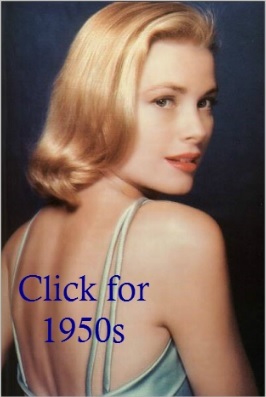

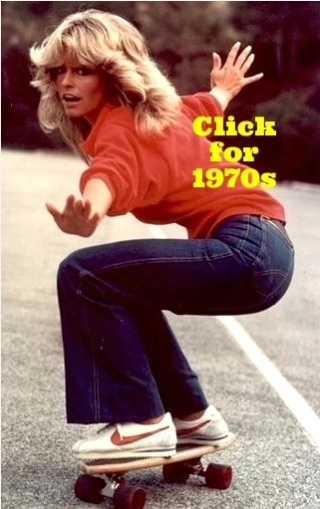
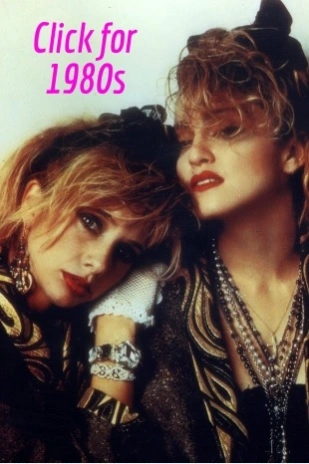

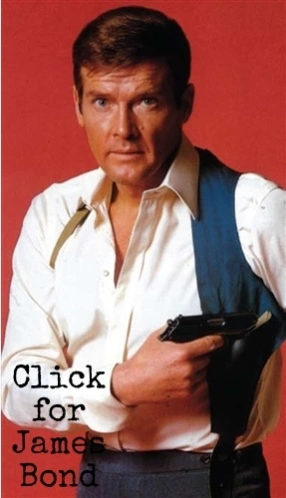

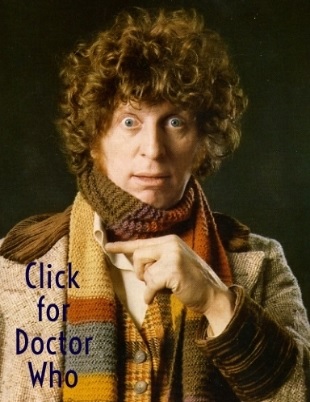
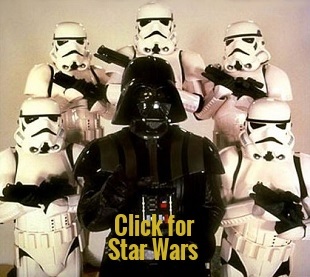

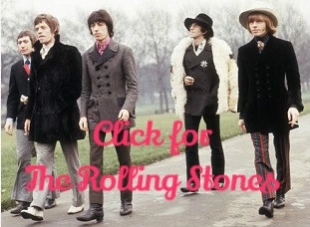

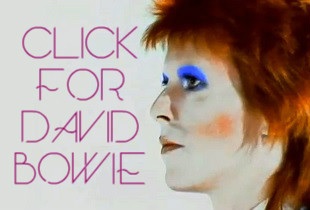
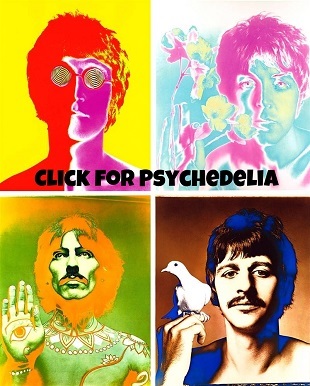




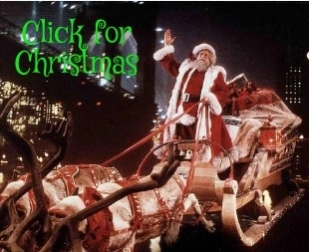
George C Scott caricature was designed by Bob Doucette
Thanks for the clarification on that, Bob. It’s a great caricature – excellent work! 🙂
By the way, I’ve now credited you in the caption accordingly.